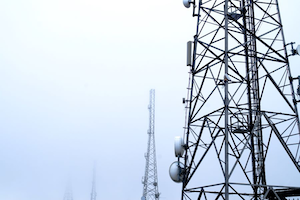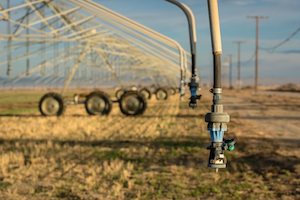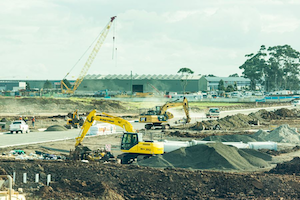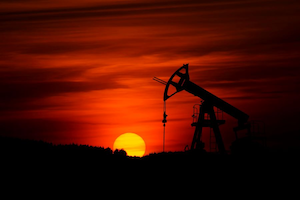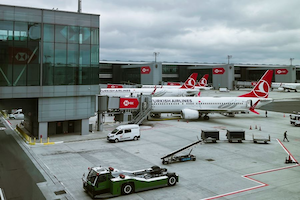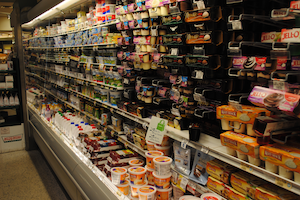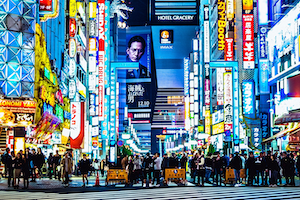IoT in Telecom Industry
As the digital revolution has progressed, the concept of the Internet of Things has become more commonplace. The opposite is true: these technological practices are now commonplace and are continuously evolving and improving.
Across the world, businesses of all sizes are aggressively adopting IoT solutions. IoT has played an increasingly important role in the telecom business over the last several years, and this trend is expected to continue. The current value of the worldwide IoT industry is around $389 billion, and experts predict that by 2030, it will have grown to more than $1 trillion. The number of connected devices worldwide is also expected to expand by a factor of three over this period.
Seventy-one percent of IT and telecommunications organizations have used IoT in the last several years, which is rising. The growth in the telecom industry reflects the widespread interest in and use of the Internet of Things. Also, how far along are you in using IoT solutions?
